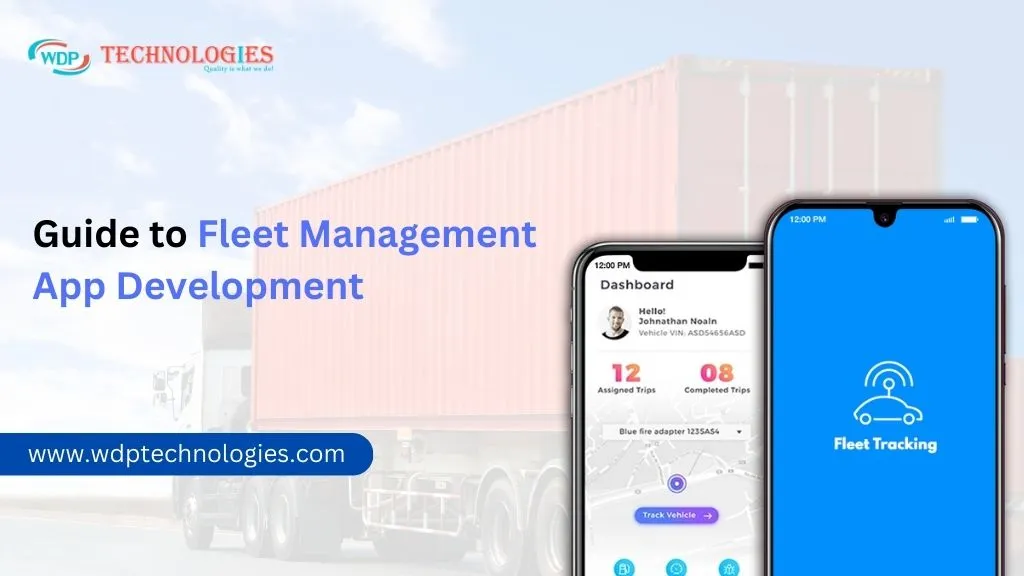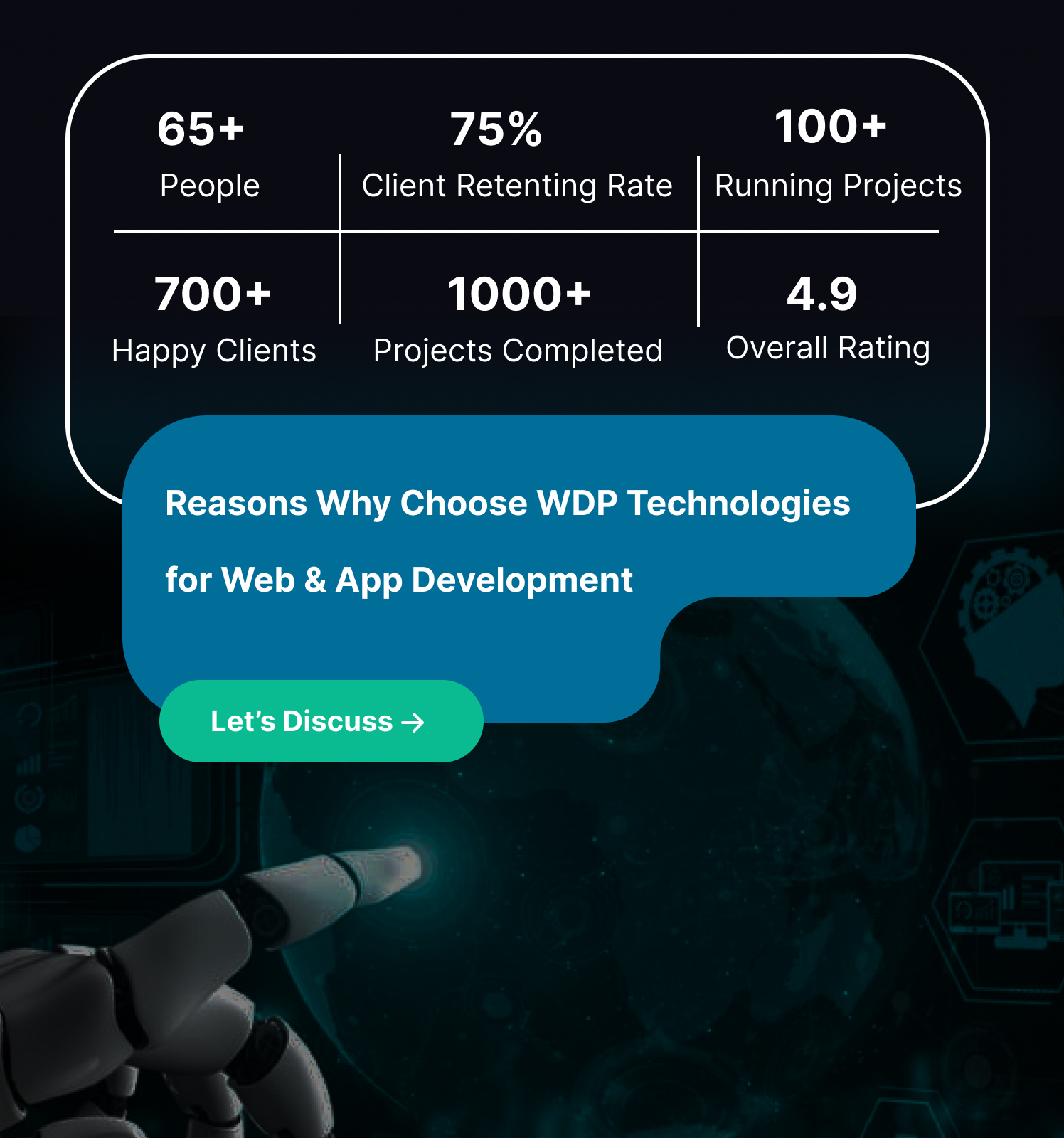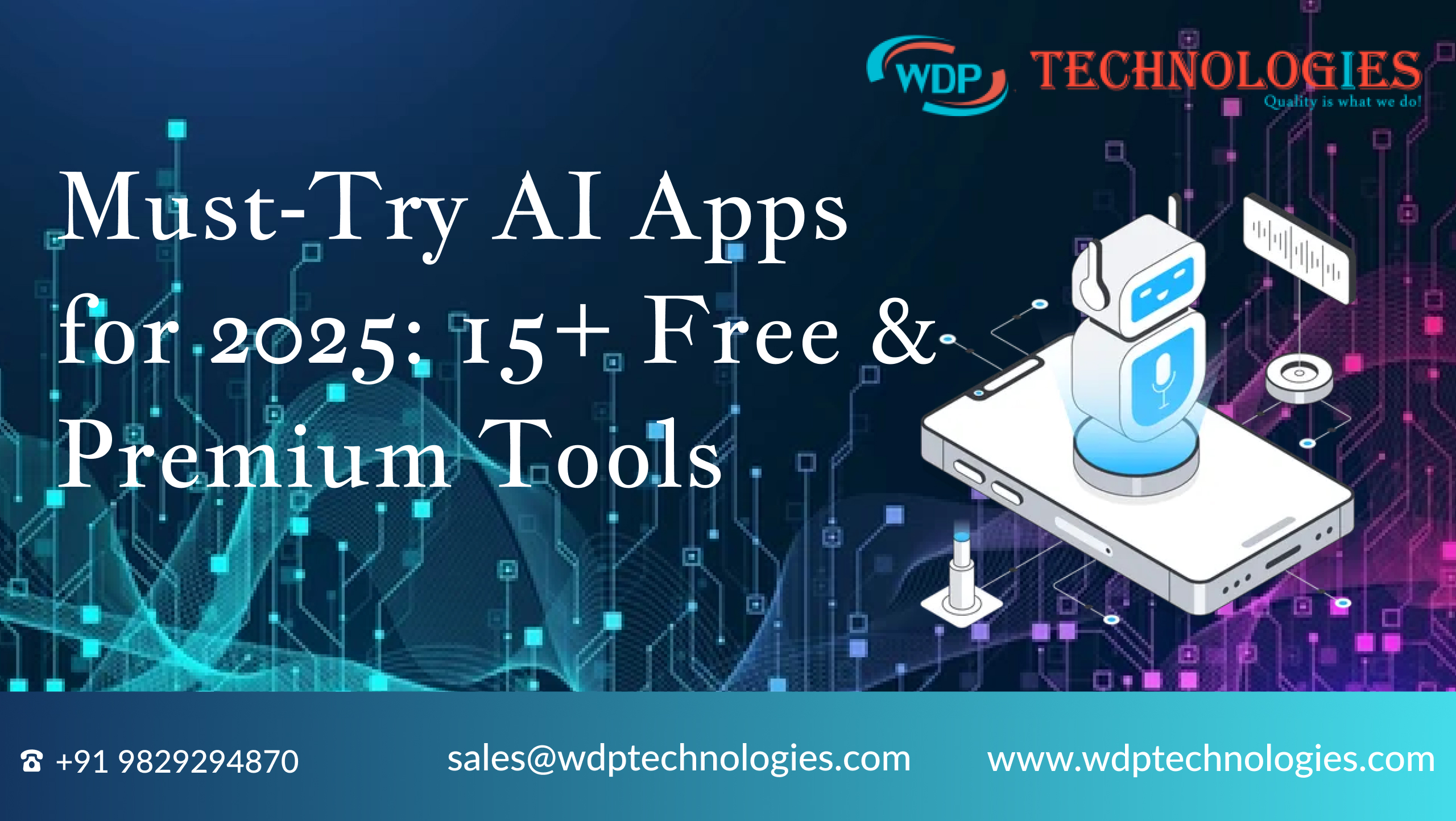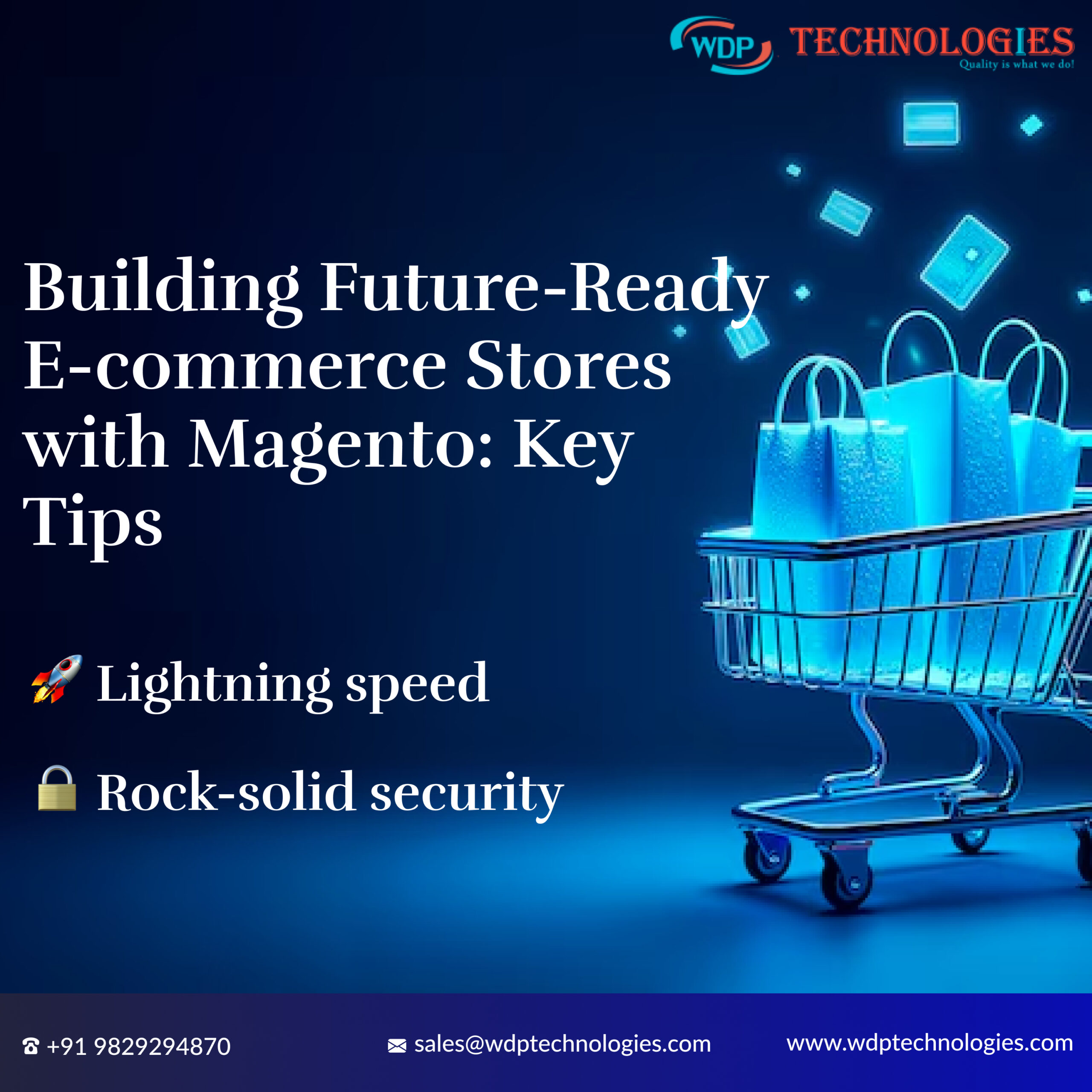Fleet management is a critical aspect of various industries, including transportation, logistics, and delivery services. With the evolution of technology, the development of robust fleet management applications has become imperative for businesses seeking to optimize operations, enhance productivity, and ensure the safety of their assets.
Let’s get into the exciting world of fleet management app development, exploring its key features, potential costs, and challenges you might encounter, along with effective ways to overcome them.
Fleet Management App Development Market
The fleet management app development market is active up for a high-speed journey, fueled by soaring demand for efficiency and fueled by advanced technologies like AI, IoT, and telematics. This dynamic landscape, poised to reach a staggering USD 52.4 billion by 2027, is attracting both established players and innovative startups eager to cater to diverse fleet types and industries. While competition heats up, opportunities abound for developers who can craft user-centric solutions addressing specific needs, leverage cutting-edge technology, and prioritize seamless user experience.
From AI-powered route optimization to blockchain-secured data management, the future promises exciting integrations and innovations. Remember, staying aware of trends like electrification and autonomous vehicles will keep you ahead of the curve, allowing you to navigate this thriving market and contribute to a future of smooth, efficient, and sustainable fleet operations. So buckle up, developers, the road to success is paved with innovation!
Guide to Fleet Management App Development
Fleet management app development is an investment in your business’s future. By understanding the key features, cost considerations, and challenges, you can pave the way for a well-oiled operation, increased efficiency, and cost savings. So, buckle up, embrace technology, and embark on a journey towards a smoother, more profitable ride with your fleet.
1. Understanding the Essentials:
🔹Define Objectives and Requirements: Before embarking on the development journey, clearly outline the objectives of your fleet management app. Identify the specific requirements based on the unique needs of your business, such as real-time tracking, route optimization, maintenance scheduling, and driver performance monitoring.
🔹User Roles and Access Control: Establish different user roles within the application, such as administrators, fleet managers, and drivers. Implement robust access control mechanisms to ensure that users only have access to the information and functionalities relevant to their roles.
🔹Real-Time GPS Tracking: The cornerstone of any fleet management app is real-time GPS tracking. Integrate a reliable GPS system that provides accurate location data, allowing fleet managers to monitor the movement of vehicles, optimize routes, and improve overall operational efficiency.
2. Core Features and Functionalities:
🔹Route Optimization: Implement algorithms for intelligent route planning to minimize fuel consumption, reduce travel time, and enhance delivery or service efficiency. Consider factors like traffic conditions, road closures, and weather conditions in route calculations.
🔹Vehicle Maintenance Tracking: Develop a system for tracking vehicle maintenance schedules, including routine inspections, oil changes, and other essential tasks. This helps prevent breakdowns, prolong the lifespan of vehicles, and ensure compliance with maintenance regulations.
🔹Fuel Management: Integrate features for monitoring fuel consumption and costs. This can include fuel efficiency reports, fuel card integration, and alerts for abnormal fuel usage, aiding in the identification of potential issues or unauthorized activities.
🔹Driver Performance Monitoring: Implement tools for monitoring driver behavior, including speed, braking, and adherence to traffic rules. This not only promotes safer driving practices but also contributes to the overall efficiency of the fleet.
3. Technological Considerations:
🔹Mobile Platforms: Decide whether your fleet management app will be developed for iOS, Android, or both platforms. Consider the preferences of your user base and the devices commonly used within your organization.
🔹Backend Infrastructure: Build a robust backend system capable of handling large volumes of data in real-time. Consider cloud-based solutions for scalability, security, and accessibility. Implement a secure authentication mechanism to protect sensitive information.
🔹Integration with Third-Party Systems: Explore the possibility of integrating your fleet management app with other existing systems, such as ERP (Enterprise Resource Planning) software, fuel card systems, and maintenance databases. Seamless integration enhances data accuracy and reduces manual input.
4. Compliance and Security:
🔹Regulatory Compliance: Ensure that your fleet management app complies with local and industry-specific regulations. This may include data privacy laws, vehicle safety standards, and any other relevant legal requirements.
🔹Data Security: Implement robust security measures to safeguard sensitive data, including location information and driver details. Utilize encryption protocols, secure APIs, and regular security audits to identify and address vulnerabilities.
5. User Experience and User Interface:
🔹Intuitive Design: Prioritize an intuitive and user-friendly design to enhance the user experience. Consider the needs of both administrators and drivers, ensuring that the interface is easy to navigate and provides quick access to essential features.
🔹Notifications and Alerts: Implement a notification system to keep users informed of critical events, such as maintenance reminders, route deviations, or urgent messages. Customizable alerts allow users to stay proactive in managing their fleets.
Challenges for Fleet Management App Development
Developing a fleet management app can be a complex task with various challenges. Here are some common challenges you might encounter during the development of a fleet management app:
a. Integration with Diverse Hardware:
Fleet management involves various hardware components such as GPS devices, sensors, and vehicle tracking units. Ensuring seamless integration with diverse hardware can be challenging due to different manufacturers and protocols.
b. Real-Time Data Processing:
Fleet management requires real-time data processing for accurate tracking and monitoring. Handling a large volume of real-time data efficiently can be challenging, especially when dealing with a large fleet.
c. Scalability:
As your client’s fleet grows, the application should be able to scale accordingly. Ensuring that the app remains performant and responsive as the number of vehicles and users increases is a crucial challenge.
d. Data Security and Privacy:
Fleet management apps deal with sensitive information, including vehicle locations, driver details, and maintenance records. Implementing robust security measures to protect this data from unauthorized access and ensuring compliance with privacy regulations is critical.
e. User Experience (UX) Design:
Designing an intuitive and user-friendly interface is essential for user adoption. Balancing the need for a feature-rich application with simplicity and ease of use can be challenging.
f. Mobile Platform Compatibility:
Fleet managers and drivers may use a variety of devices and operating systems. Ensuring compatibility and a consistent user experience across different mobile platforms (iOS, Android) can be a challenge.
g. Battery Consumption:
GPS tracking and real-time communication can significantly impact the battery life of mobile devices. Optimizing the app to minimize battery consumption while maintaining accurate tracking is important.
h. Customization and Flexibility:
Different fleet management scenarios may require different features. Providing a customizable solution that can adapt to various business needs and workflows is a challenge.
i. Regulatory Compliance:
The fleet management app needs to comply with local and international regulations related to transportation and data privacy. Keeping track of these regulations and ensuring compliance can be complex.
j. Maintenance and Updates:
Fleet management apps require regular updates to add new features, fix bugs, and improve security. Ensuring a smooth update process without disrupting ongoing operations is a challenge.
k. Communication Reliability:
Reliable communication between the app, vehicles, and the central server is crucial. Addressing challenges such as poor network connectivity and finding ways to maintain communication in challenging environments is essential.
l. Cost Management:
Developing and maintaining a fleet management app involves costs. Managing the budget efficiently and providing a cost-effective solution for clients can be challenging.
How to Outsource Developing a Feet Management Solution
Outsourcing the development of a fleet management solution can be a strategic decision to leverage external expertise and resources. Here’s a step-by-step guide to help you effectively outsource the development of a fleet management solution:
a. Define Your Requirements:
Clearly outline your business objectives and the specific features you need in the fleet management solution. This will serve as a comprehensive guide for potential outsourcing partners.
b. Research and Shortlist Providers:
Conduct thorough research to identify potential outsourcing partners. Look for companies with experience in developing fleet management solutions, relevant technologies, and a good track record.
c. Evaluate Portfolios and References:
Review the portfolios of potential outsourcing partners to assess their previous work in similar projects. Seek client references and testimonials to gauge their performance and client satisfaction.
d. Technical Expertise:
Ensure that the outsourcing partner has the technical expertise required for your project. Check if they are proficient in the technologies you want to be used, such as GPS integration, mobile app development, and database management.
e. Cultural Compatibility:
Assess the cultural compatibility of the outsourcing partner with your organization. Effective communication and understanding are crucial for the success of the project.
f. Security Measures:
Inquire about the security measures implemented by the outsourcing partner to protect sensitive data. This is especially important when dealing with location data and other confidential information.
g. Compliance and Regulations:
Verify that the outsourcing partner is aware of and complies with relevant industry regulations and standards related to fleet management and data privacy.
h. Communication Channels:
Establish clear communication channels and protocols. Regular updates, status reports, and feedback sessions will help keep the project on track.
i. Contract and Legal Considerations:
Draft a comprehensive contract that outlines project scope, timelines, milestones, payment terms, and any other relevant terms. Ensure that legal considerations, such as intellectual property rights, are clearly defined.
j. Pilot Project or Proof of Concept:
Consider starting with a smaller pilot project or proof of concept to evaluate the capabilities of the outsourcing partner and the suitability of their work for your needs.
k. Project Management:
Define a project management approach that includes regular meetings, progress tracking, and issue resolution mechanisms. Tools like project management software can facilitate efficient collaboration.
l. Quality Assurance and Testing:
Clearly define the testing and quality assurance processes to be followed. This is crucial to ensure that the final product meets your standards and requirements.
m. Training and Support:
Discuss training requirements for your team and support services post-deployment. Ensure that the outsourcing partner is willing and capable of providing ongoing support and updates.
n. Scalability and Future Collaboration:
Consider the scalability of the solution and the possibility of future collaboration for updates, maintenance, and additional features.
o. Monitor and Evaluate:
Regularly monitor the progress of the project, and evaluate whether the outsourcing partner is meeting the agreed-upon milestones and delivering quality work.
By following these steps, you can select a reliable outsourcing partner for developing your fleet management solution and ensure a successful collaboration
Cost for Fleet Management App Development
The cost of developing a fleet management app can vary widely based on several factors, including the complexity of features, technology stack, platform (web or mobile), development team location, and project scale. It’s essential to note that development costs can be influenced by hourly rates, which differ across regions and the expertise level of the development team. Below is a breakdown of key cost factors:
🔹Scope and Features: The more features your fleet management app requires, the higher the development cost. Common features include real-time tracking, route optimization, reporting and analytics, maintenance tracking, notifications, and integration with other systems.
🔹Platform: Developing for multiple platforms (iOS, Android, and web) will increase costs compared to focusing on a single platform.
🔹Technology Stack: The choice of technologies and frameworks can impact costs. For instance, using advanced technologies or incorporating AI for predictive maintenance may increase development expenses.
🔹UI/UX Design: A well-designed and user-friendly interface may require additional design efforts, which can influence costs.
🔹Integration: Integration with third-party systems, such as ERP or CRM, can add complexity and cost to the project.
🔹Data Security: Implementing robust security measures to protect sensitive data may increase development costs.
🔹Testing and Quality Assurance: Rigorous testing, including functionality, security, and performance testing, is crucial and contributes to the overall cost.
🔹Development Team Location: Development rates vary significantly across regions. Hiring a team from regions with higher living costs and wages generally results in higher development costs.
🔹Project Management: The complexity of project management and coordination efforts can affect costs.
🔹Post-Development Support: Ongoing support and maintenance costs should be considered for post-launch updates, bug fixes, and feature enhancements.
To provide a rough estimate, the development of a fleet management app could range from 10k$ to $100K, depending on the factors mentioned above. It’s recommended to consult with development agencies or freelancers to get detailed project proposals based on your specific requirements.
Keep in mind that the initial development cost is just one aspect; ongoing expenses for maintenance, updates, and support should also be factored into your budget.
Also Read: Cost to Build a Social Media
Conclusion
In conclusion, developing a fleet management app is a multifaceted process that requires careful planning and consideration of various factors. A successful fleet management app can significantly enhance the efficiency and productivity of a fleet-based business. Regular communication, thorough testing, and ongoing support are essential components of a successful fleet management app development project.












